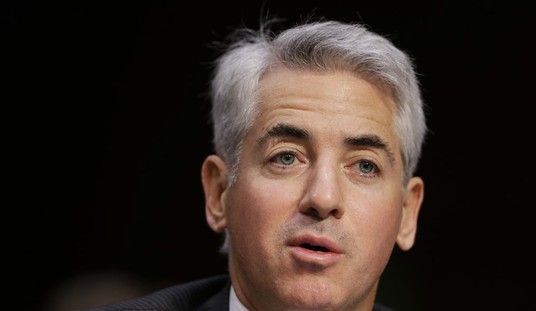Russia has never been the kind of place many people feel has a warm and fuzzy future ahead of it, but it’s better prepared today for something that looks like political liberalism than Egypt or Libya. The anti-communist revolution that brought down Soviet totalitarianism made Russia and the world as a whole much better places than they were, but Boris Yeltsin and Vladimir Putin were hardly the Vaclav Havels of the east.
Today, though, the biggest demonstrations since the end of communist rule are rocking the capital. Vladimir Putin may actually be on his way out. He doesn’t seem the sort who would massacre thousands of civilians Assad-style in the streets, nor are his opponents the sorts who yearn for a different brand of authoritarianism.
“By its sheer size and scope,” Vladimir Kara-Murza writes in World Affairs, “the protest movement of December 2011 is being compared to the anti-Communist revolution of August 1991.”
In one respect, today’s movement is more significant. The protest against Communist rule was both political and economic: not just against totalitarianism, but also against the economic misery of Soviet socialism. Today, economic demands are non-existent: the December movement is unequivocally and consciously about political rights and civic dignity. The protests are led by Russia’s emerging middle class—young, successful, and educated—which has already achieved economic wellbeing, and which now strives for the rule of law. According to a survey by the Levada Center polling agency, 73 percent of the protesters are financially comfortable; 62 percent are university-educated; 56 percent are aged between 18 and 39. Sixty-nine percent describe their political views as democratic or liberal. Only 13 percent are communists; just 6 percent are nationalists.
Russia is a cold place where spring comes weakly and late, but maybe—just maybe—it is finally coming.









Join the conversation as a VIP Member